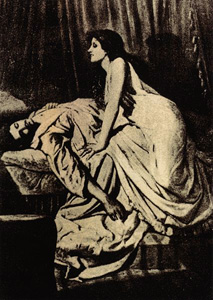
The Vampire, by Phillip Burne-Jones (1897).
To celebrate the release of our new vampire product range "Romantique Vampiria" we present the Origins of the Vampire ...
They are, arguably, the most visceral manifestations of our deepest nocturnal anxieties; pale-skinned, fanged denizens of the undead realms that awaken under cover of darkness, shrouded by shadow and lured by the warm pulse of blood that thrums through human veins. The veiled myths and horrifying legends of the vampire are as old as the first roots of civilisation – folklore and superstition the world over recognising these strange creatures, once alive but now condemned to walk the earth with human life as their only sustenance, preying on the innocent even as they laid their heads down and succumbed to sleep. However, it was not until the early 19th century, and the first appearance of the vampire in modern literature, that the image of what we instantly recognise as suave, bloodsucking aristocrats truly came to be.
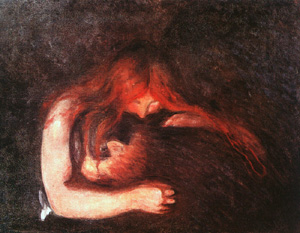
Vampyren, ‘the Vampire’, by Edvard Munc
Tales of vampires and the sanguine destruction they wreaked date as far back as ancient Persia, Greek and Rome; whispers of demons who transformed themselves into beautiful women and seduced mortal men as well as young children; feasting on their flesh and blood before the sun rose. However, the majority of vampiric belief arose in the heart of Eastern Europe. During the 18th century, a sudden rise in the number of citizens dying from loss of blood led to Slavic governments actively seeking out and staking those they believed to be vampires. Even the corpses of the recently deceased, bloated and decomposing, were reburied in shackles of metal and even with bricks jammed into their jaws, for fear that they would rise again and attempt to seek out another unearthly meal. Eventually, this terrifying superstition and the panic it caused crawled its way into the consciousness of Western Europe – the Greek vrykolakas and the Serbian vampir being translated into the vampire as we understand it today.
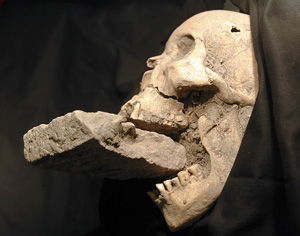
Skull of an exorcised vampiress, found near Venice, Italy..
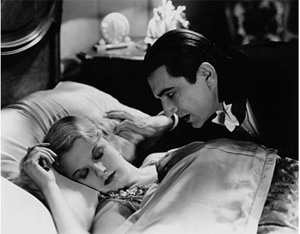
Frances Dade and Bela Lugosi in Dracula, 1931.
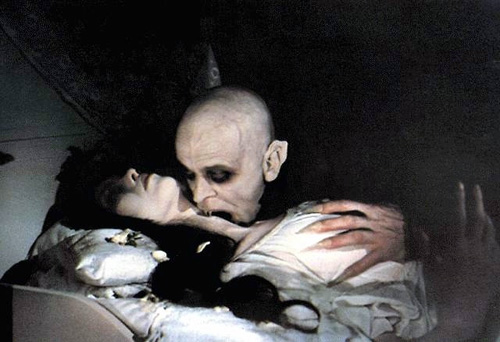
A scene from Nosferatu, 1922; Graf Orlok prepares to consume his prey.